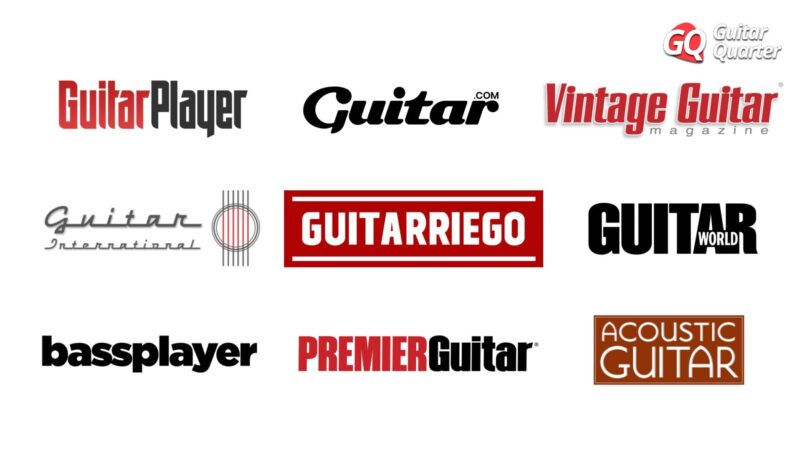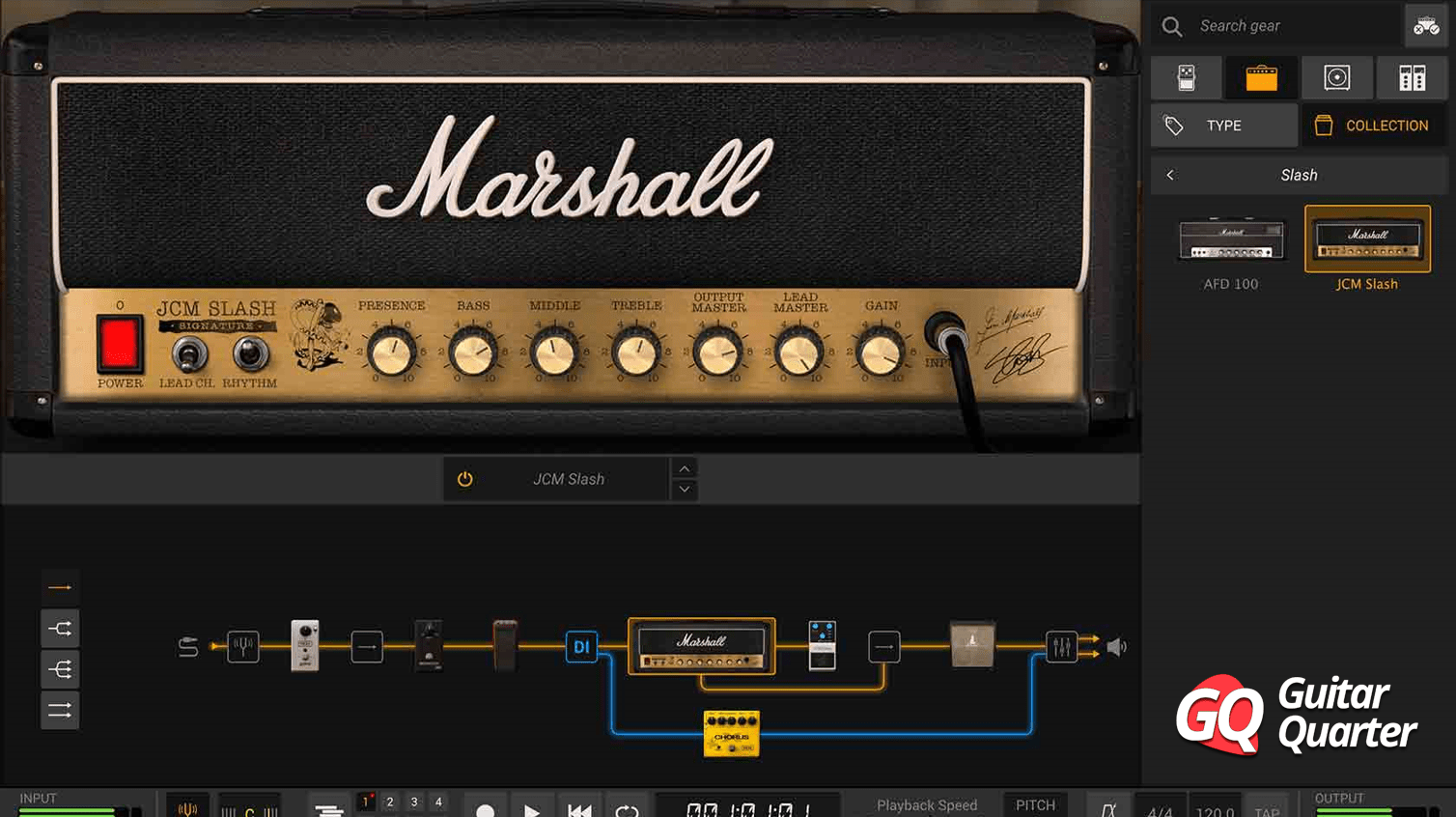Gibson SG history and features: from Junior to Standard

The Gibson SG is the best-selling model in the history of the traditional American guitar brand, we tell you its history, evolution and characteristics.
Table of Contents
SG, Gibson’s best-selling model ever
The SG is the best-selling model in Gibson’s history. This is for a very good reason, which is that they are simply great. They have a tonal range in the mids / highs that cut into the mix in a great way.
While its devil-horned aesthetic gives it a rock-like look, the SG sounds good for any style of music.
History of the Gibson SG
Late 1960s, the SG is born
The year 1960 was ending and Gibson made the tough decision to discontinue the Les Paul as a result of the drop in sales. He replaces it with a more modern, lighter and cheaper guitar, the Gibson SG. Initially, the SG was presented as the evolution and new version of the Les Paul.
Although many assume that the SG was launched in 1961, by the name of the reissue model -reissue- that Gibson sells; actually, the launch was in the late 1960s.
Lighter, with a double cut and neckjoint that gives better access to the high frets; smoother contours that make it more comfortable; and its tonal range in the upper mids that allow better cutting into the mix, the Gibson SG was the evolution of the Les Paul.

Gibson brochure February 1961
1961 Announcement of the new Gibson “Les Paul” says:
“Here’s an established favorite, the Les Paul Standard model – now offered with completely new styling… thinner, lighter in weight and custom contoured. A wonderfully designed solid body, perfectly balanced for playing in a standing position. In fact, no matter how you hold your guitar, you’ll be comfortable playing the new Les Paul Standard. Beautiful cherry-red finish. Gibson Vibrola and an extra slim, fast, extremely low-action neck make this guitar a joy to play.
“Clear bell-like tone throughout its entire range. Exciting, modern design. Adjustable Tune-o-matic bridge. Twin powerful humbucking pickups with separate tone and volume controls that can be pre-set. Nickel plated metal parts and individual machine heads with deluxe buttons. Deluxe padded leather strap included. Les Paul Standard, Cherry finish $ 290.00; Flawless, plush-lined case $ 47.50. Deluxe Zipper case cover $ 30.00. “

The rejection of Les Paul and change of name to SG
Subsequently, Gibson agreed with Les Paul that the SG would no longer carry his name. There are several versions, one is that the guitarist did not like the new model. They say that they criticized the weakness of the union of the handle with the body, later modified. Another version, told by Ted McCarty, is that Les Paul, who was divorcing Mary Ford at the time, agrees not to sign any new contracts until he is legally divorced from Mary. Ted says it was an unpleasant separation and the Les Paul name affected it negatively. Thus, at the end of the endorsement agreement in 1962, it was not renewed.
Although later there were guitars that came out with the name of Les Paul; This is explained that it was because some units of old masts manufactured previously were assembled after the expiration of the agreement. The same happened with the tensioner caps, which were used until the existing stock ran out.
After the contract with Les Paul ended, the new model was renamed SG, after Solid Guitar. Since then, it has not changed its name or stopped its manufacture. Thus, while the Les Paul is Gibson’s most admired guitar, the SG is the most chosen and purchased.

Golden age of the SG
From its launch in the late 1960s, the SG became Gibson’s flagship. Guitarists like Eric Clapton on Cream, George Harrison with the Beatles, Tony Iommi from Black Sabbath, Robby Krieger from The Doors, Pete Townshend from The Who, Angus Young from AC / DC, Frank Zappa, Carlos Santana, Billy Gibbons from ZZ Top, and many more took the SG as one of their favorite guitars.
In 1968, Gibson re-marketed the original Les Paul and retaken the position of flagship and preferred brand. However, the SG is still Gibson’s guitar of choice.

The SGs of the Norlin era
The stage that is considered by all Gibson fans to be the bleakest is undoubtedly the Norlin era. Ted McCarty foreshadowed a dark age at Gibson with the entry of ECL – Ecuadorian Company Limited – into Gibson. ECL’s entry begins the Norlin era in 1969.
At this stage, a scroll is added at the junction of the neck with the pegbox. Also, at this time, the legend Made in USA is added. The neck goes from a single piece to a 3-piece one.
Although this infamous time begins in 69, many fans consider that the bad years really did not begin until 1972. This stage ends in 1986; from there, Gibson set the course, honoring its tradition.
Gibson SG models
Gibson SG Junior

The Junior model emerged as a simpler and cheaper version for students in 1954. The first Gibson Les Paul Junior featured only one P90, initially single-cut but soon the double-cut also appeared. Thus, in 1960/1 the Gibson SG Junior also appeared in the same spirit.
They are great, just like their older sisters, made with Honduran mahogany and Brazilian rosewood. The bridge is different, with a wraparound. Finally the other difference is that they have a single P90. This gives them audio with more resonance, harmonics and overtones, which gives them the magic of single-pickup guitars.
Gibson SG Special

The original SG Special – vintage – was a similar model to the Junior but with two P90 pickups instead of one. They usually have a border or binding on the neck -the Junior does not- and dots. The bridge as in the Junior is a wraparound.
The SG Special later became similar to the SG Standard, coming with two humbucker pickups. It no longer comes with a border and the inlays are dots. The headstock only has the Gibson brand painted on it. Depending on the year, the pickguard may or may not be present.
This version comes in a gloss and faded finish in black, cherry and brown colors.
Gibson SG Standard

The Standard model is the Gibson SG par excellence. It comes with two humbuckers, has binding on the neck, trapezoidal inlays and the crown or flower pot of mother of pearl on the headstock. It could originally come with Tune-o-Matic or vibrola. Its most popular finishes are Cherry, Brown, and Black.
Gibson SG Les Paul Custom

The Custom version, as its name implies, is the top of the range. This guitar has three double coil pickups, binding at the neck. Also, its double border of «5 layers» stands out on the pegbox, together with the mother-of-pearl diamond. The storage is made of ebony and the inlays are rectangular “Block” type. Finally, the hardware is gold and it used to come with Sideways vibrola.
Evolution of Gibson SG Specifications
SG handle profile variations
The first SG had a thin, blade-like neck. In 1964 the Standard returned to a profile similar to the 59, shaped like a «C». Although later there were many changes, it is important to note that there are many points of neck profiles depending on the model and year. Regardless of your preference, you can find a neck that fits your taste.
SG Pickguard change
In 1965-66 the entire line undergoes important changes. With the arrival of Beatlemania and the explosion of electric music, Gibson decided to simplify his processes. Following the model of the Stratocaster, he decided to make a double pickguard known as the “Batwing” because of its bat-wing shape. This allows you to simplify processes, installing the pickups on the pickguard; This reduces the production times of all SG lines: Junior, Special, Standard and Custom.

Neck-joint change
Gibson also changes the shape of the handle joint to the body. The new neck-joint is much more solid and stable. This reduces returns for cracks.
Less pronounced drops
In search of cost reduction, as happened in Fender, Gibson reduces times by reducing times when it begins to make less marked recesses.
Change of chrome hardware instead of nickel
Starting in ’65, Gibson also cut costs by changing hardware from nickel to chrome finish.

Gibson SG review
While Gibson’s most iconic and admired guitar is the Les Paul, the SG is a great musical instrument. Despite being viewed by some simply as a cheaper model, the SG is much more than that. It is an instrument that outperforms and improves on many aspects of the Les Paul.
Its playability is much more comfortable than the Les Paul. It has good access to all frets, and is an extremely lightweight guitar. The frequencies where the Gibson SG is placed are mid and high frequencies that cut better into the mix when playing in band.
In addition, the SG has great versatility of use, which makes it perfect for any style of music. From Pop and Blues, to Hardrock and Heavy Metal.
What do you think of the Gibson SG?
See also our note of the best easy chord songs to learn to play on the guitar for beginners and the best free virtual drum machines online -VST software- .







Gibson also changes the shape of the handle joint to the body. The new Awesome site thanks for publishing it.